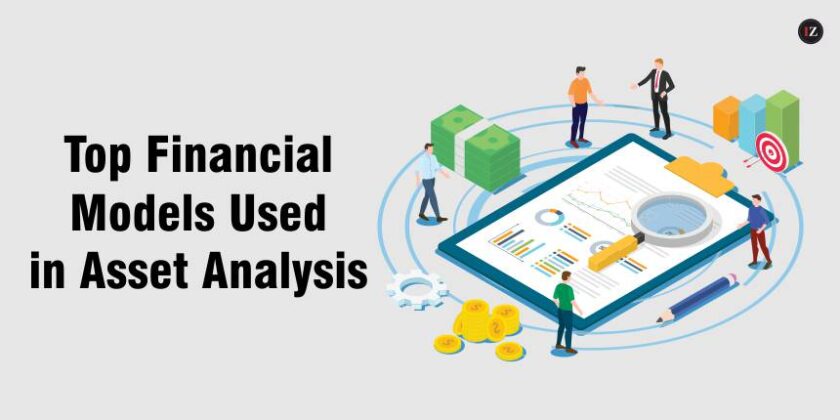Most businesses spend much more on processing and storage than they need. This is often the case with operating expenses for excess capacity to meet peak demand in their on-site data centres. Moving to public cloud services such as AWS helps enterprises to maximize the consumption levels of their workloads. At the same time, they reduce their total costs. There are major benefits of substituting conventional up-front hardware purchases for the more effective pay-as-you-go scheme.
The large scale on which AWS works also helps its consumers to continuously reduce the computing and storage facilities costs with economies of scale. AWS has the ability to change the model of running technology and platform services dramatically. However, companies have to use it wisely.
Cloud drives everything these days. Cloud technology, and the wide array of cloud platforms available today enable apps and web services to run seamlessly on the cloud. However, as more and more businesses move their workloads to the cloud, the first pain point they face is high operational cost. But how does that happen? The cloud budgets were planned. Resources were allocated.
COVID-19 shifted cloud adoption into high gear, as the abrupt transition to remote work created an urgent need for secure, reliable, scalable, and cost-effective off-premises technology solutions. But developing an effective cloud cost management strategy remains a key challenge for enterprises trying to realize the value of their public cloud initiatives.
Building Asset Awareness
Organizations can build asset awareness through inventory tracking, tagging, and analysis. You should understand what resources you have and their relationships with each other. Also, pay attention to the applications these resources support.
Low-Cost visibility
Particularly in large companies, application teams don’t even have full visibility of the expense for the cloud they generate. Limited permissions to access the billing and expense explorer console, for instance, is often a case for these organizations with teams for each working segment. The actual expense is also not expressed. In fact, for shared resources, adequate expense distribution includes advanced show back or chargeback procedures.
Combined with prioritizing innovation and growth, this lack of visibility will lead to great waste. For example, dev and test environments are only necessary during working hours, while they are often left to run all the time. Or, other resources needed just for a certain project aren’t terminated at the end because the team simply doesn’t focus on actions like these.
Poor application architecture design
While developing a cloud application, few software architects have the knowledge of designing and building a cloud application architecture. Furthermore, they rarely take the pain of taking into account the costs associated with specific application features. For example, the cost of a certain query for a widget installed in a web application may cost thousands of dollars. This lack of skills and experience often leads to applications that are poorly designed for cloud-based platforms, thus failing to deliver the true value of the cloud platform.
The COVID-19 Impact
Additionally, COVID-19 has taken an already difficult task and made it even harder, with respondents reporting the need to address a wide array of new technology challenges. And the research showed 78% of decision-makers report new concerns around budget or cost in the last three months, with 43% reporting concern over being unable to fund planned projects.
Cloud Financial Management Solution
Most cloud providers offer native cloud cost management strategies that can benefit smaller environments. But as environments increase in size and complexity, many companies struggle to stay on top of their cloud spend as invoices transform into lengthy documents accompanied by complicated usage files.
Investing in a cloud financial management solution can provide visibility into complex cloud expenditures incorporating tools like budget management, tagging strategies, trend analysis, invoice verification, and detailed dashboards and reporting.
Security and Privacy
Keeping confidential data safe and secure is among the topmost priorities for businesses. Cloud security essentially refers to a set of robust technologies to safeguard data.
Earlier, most of the enterprises used corporate firewalls to keep their sensitive data safe and secure. Now with cloud migration becoming an increasingly prevalent practice, the challenge of keeping the data safe makes businesses extremely cautious.




